From Sun to Socket: An Analysis of the Whole Process of Home Solar Power Generation
Solar energy is no longer just a futuristic concept; it’s here and it’s powering homes across the globe. But have you ever wondered how that sunlight streaming onto your roof gets turned into electricity to charge your devices? Let’s take a closer look at the full journey—from the sun to the socket—and see how this solar electricity makes it to your home in a seamless, reliable way.
1. Capturing Sunlight: Photovoltaic Panels at Work
The journey of solar energy begins with solar panels, specifically photovoltaic (PV) cells. When sunlight hits these cells, they generate direct current (DC) electricity through a process known as the photovoltaic effect. In essence, the PV cells are designed to convert sunlight directly into electricity. While the process sounds simple, it’s an intricate dance of electrons set in motion by photons from the sun. These panels are the key component in making home solar power possible and are essential for anyone looking to become energy-independent.
Best Practices:
- Orientation and Tilt: For optimal performance, your PV panels should face the direction that captures the most sunlight throughout the day.
- Maintenance: Regular cleaning of solar panels, especially if you live in a dusty area, can significantly boost efficiency.
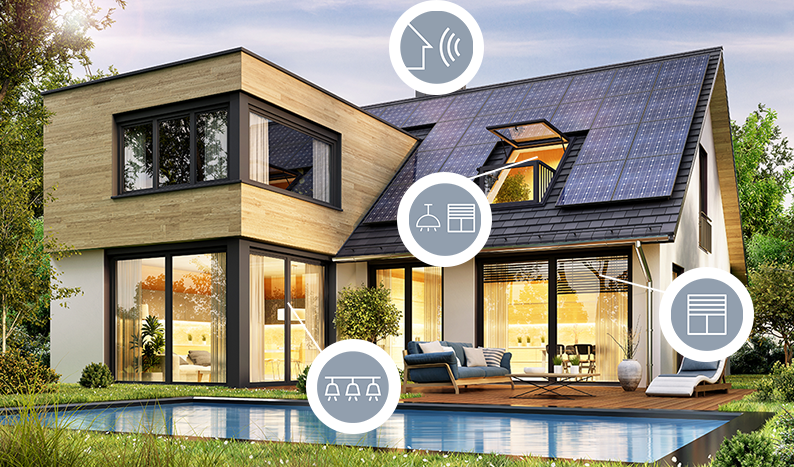
2. Converting Power: From DC to AC
Once your solar panels capture sunlight and create DC electricity, the next step is conversion. Since most household appliances run on alternating current (AC), a solar inverter steps in to do the job. This device transforms DC electricity into usable AC electricity, allowing you to run everything from your lights to your refrigerator on clean, renewable energy. This conversion process is vital as it makes solar electricity compatible with the existing electrical grid.
Fun Fact:
Some advanced inverters even allow for real-time monitoring of your system’s performance. Imagine tracking your solar energy production from your phone while sipping coffee!
3. Storing Solar Power for Later Use
With the sun’s energy converted into usable AC power, you might wonder, “What happens when the sun goes down?” Here’s where solar storage—typically in the form of batteries—comes into play. Battery storage allows you to store excess pv and solar power generated during the day for use at night or during cloudy periods. Essentially, storage systems allow you to fully leverage your solar setup by saving the energy for a “rainy day,” literally and figuratively.
Key Benefits of Solar Storage:
- Energy Independence: Reduce your reliance on the grid, saving costs and minimizing exposure to power outages.
- Peak Load Management: Use stored energy during peak hours to avoid higher rates and enhance energy efficiency.
4. Putting It to Use: Powering Your Home with Solar Energy
With solar energy captured, converted, and potentially stored, it’s time for the best part: powering your home. The solar electricity from your inverter is seamlessly integrated into your household power supply. You’ll notice no difference in how your appliances operate—they simply run on a greener, cleaner power source. For households with storage systems, energy management software can even help determine when to use stored energy versus drawing directly from the panels.
Pro Tip:
Some systems allow you to customize when and how stored solar energy is used, giving you control over how your home consumes power.
5. Future-Proofing with Huijue Group’s Advanced Solar Solutions
For homeowners looking to optimize their solar power systems, Huijue Group offers cutting-edge energy storage solutions designed for efficiency and durability. Their solutions integrate seamlessly with pv and solar systems, maximizing both storage and energy delivery while keeping energy costs down. Consider upgrading your setup with one of Huijue’s advanced batteries or storage solutions for a fully optimized, future-proofed home solar experience.
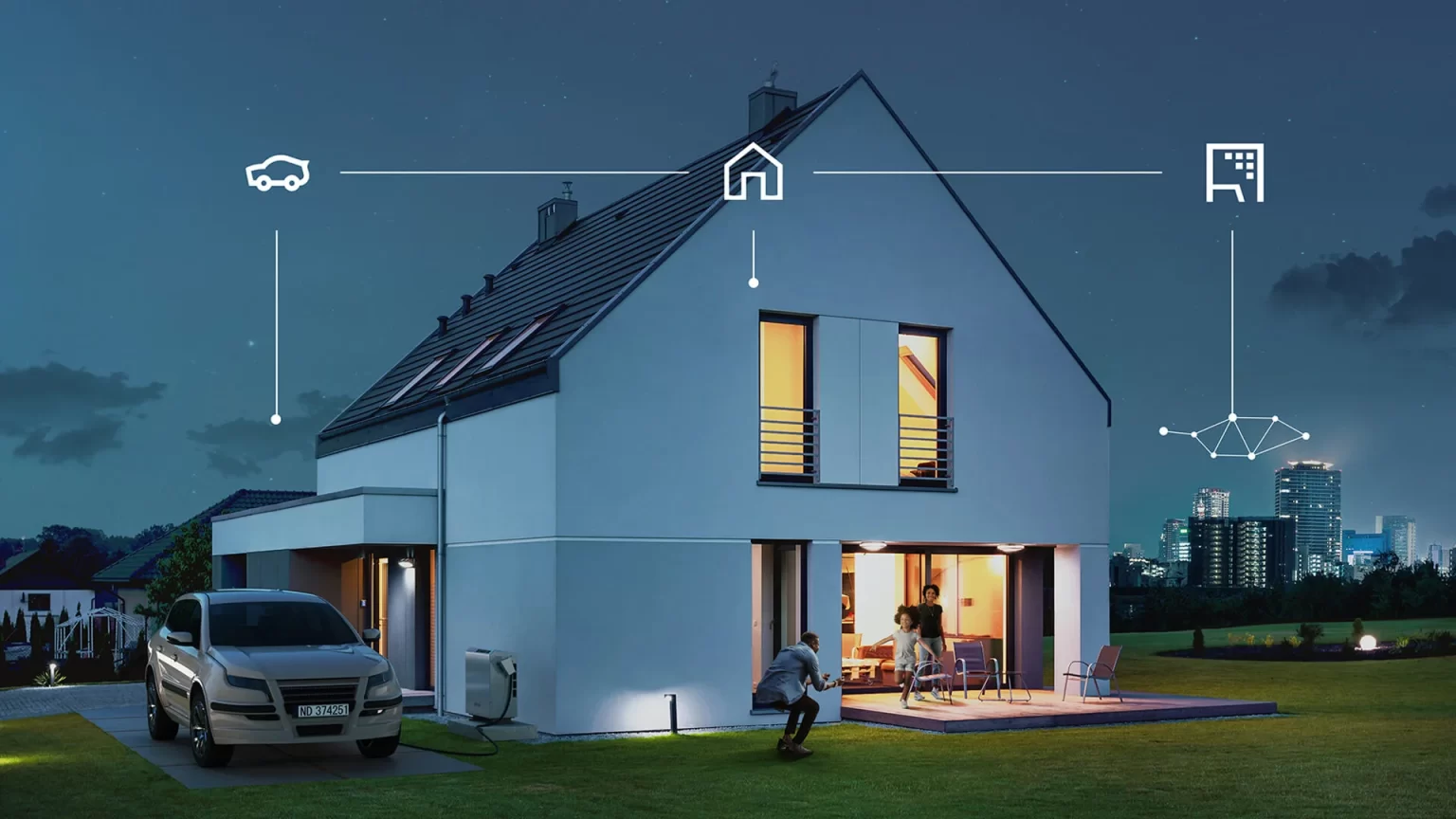
Key Takeaways
From the moment sunlight hits your solar panels to the second it powers your devices, the process of home solar power generation is a marvel of modern technology. By understanding each step—collection, conversion, storage, and usage—you’re not only using energy smarter but also contributing to a more sustainable future.
Contact us
- Email:[email protected]
- Tel: +86 13651638099
- Address: 333 Fengcun Road, Fengxian District, Shanghai
Get A Quote Now!
Related product links are available directly
Site storage products:Site storage products 归档 – (energystoragecontainer.com)
Lithium Battery:Lithium Battery 归档 – (energystoragecontainer.com)
Read more
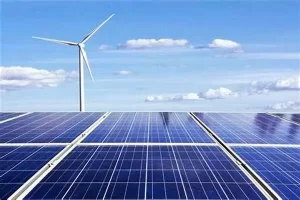
Unveiling Photovoltaic+Energy Storage: Four Major Application Scenarios Leading the Future of Energy
In this way, the energy landscape is evolving, and one of the most thrilling developments in renewables is the integration of photovoltaics energy storage.
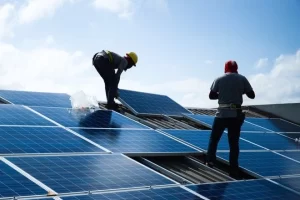
From Theory to Practice: Four Methods for Estimating Photovoltaic Power Generation
Photovoltaic power generation has become an essential part of modern energy solutions, particularly in home solar systems and distributed power applications

Rack-Mounted Lithium Iron Batteries: Creating Efficient and Reliable Energy Storage Solutions
When it comes to modern energy solutions, rack-mounted lithium iron batteries are taking center stage in a variety of industries. Whether you’re powering data centers, stabilizing energy for households, or keeping critical systems online at 5G base stations, these batteries have become the unsung heroes of our electrified world.
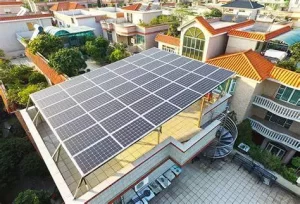
Late Night Energy Saving Tips: How to Maximize Electricity Savings During Off-Peak Hours
With rising energy costs, homeowners are increasingly exploring innovative ways to save on their electricity bills. One effective approach is utilizing off-peak hours—times when electricity rates are significantly lower due to reduced demand.
